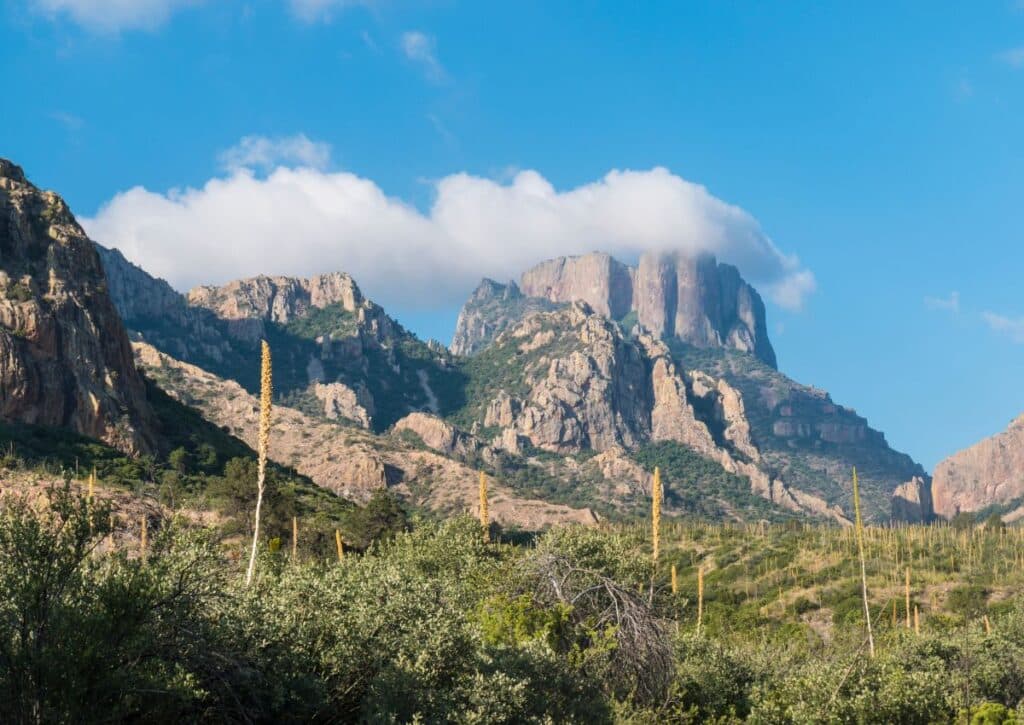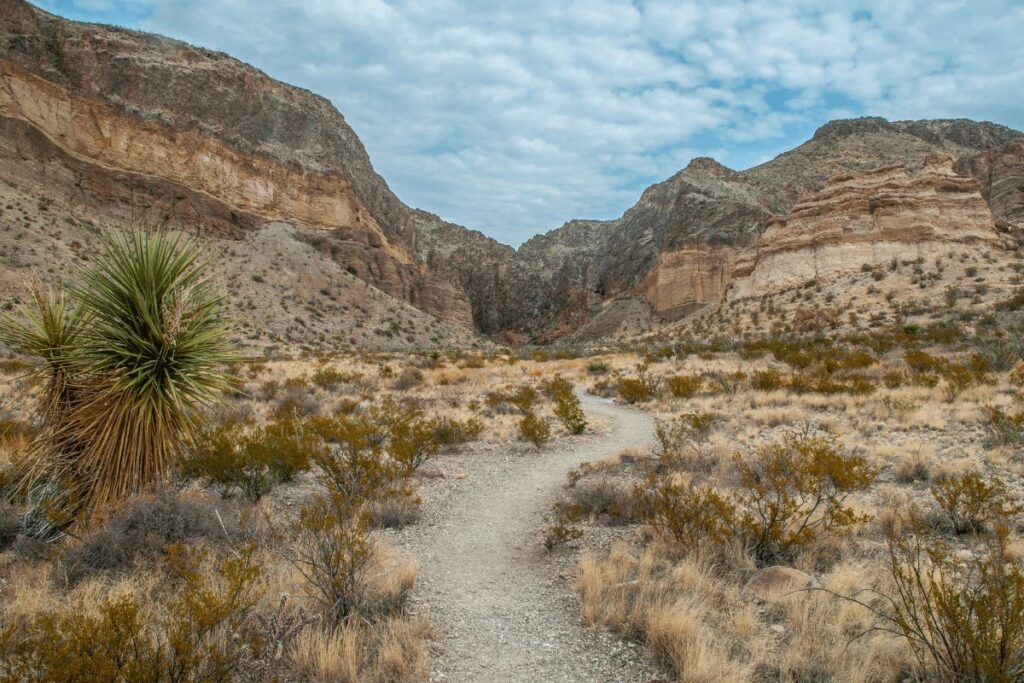Explore 11 animals in the Chisos Mountains through our Big Bend hiking adventure, complete with safety tips and photos!
The Chisos Mountains in Big Bend National Park is a haven for hikers and wildlife watchers alike! This travelogue will take you on an exhilarating adventure through rugged terrains, where we encountered 11 magnificent animals in their natural habitat.
With each step, we’ve documented our experiences and captured photos of elusive mountain lions, curious black bears, and the stealthy coyotes among others.
These mountains aren’t just a hiker’s paradise; they’re a living exhibit of Texas’s rich biodiversity. So lace up your boots, and let’s go wildlife spotting where the desert meets the sky, and every trail promises a new discovery.
From the whispering pines to the craggy overlooks, get ready for tales of close encounters and tips for making your own hikes both safe and spectacular. Join us as we unveil the wild heart of the Chisos Mountains!
Mountain lion
Mountain lions are one of the most exciting animals to see while hiking in Big Bend National Park! These large cats are relatively rare, but if you’re lucky enough to spot one, it’s sure to be a memorable experience.
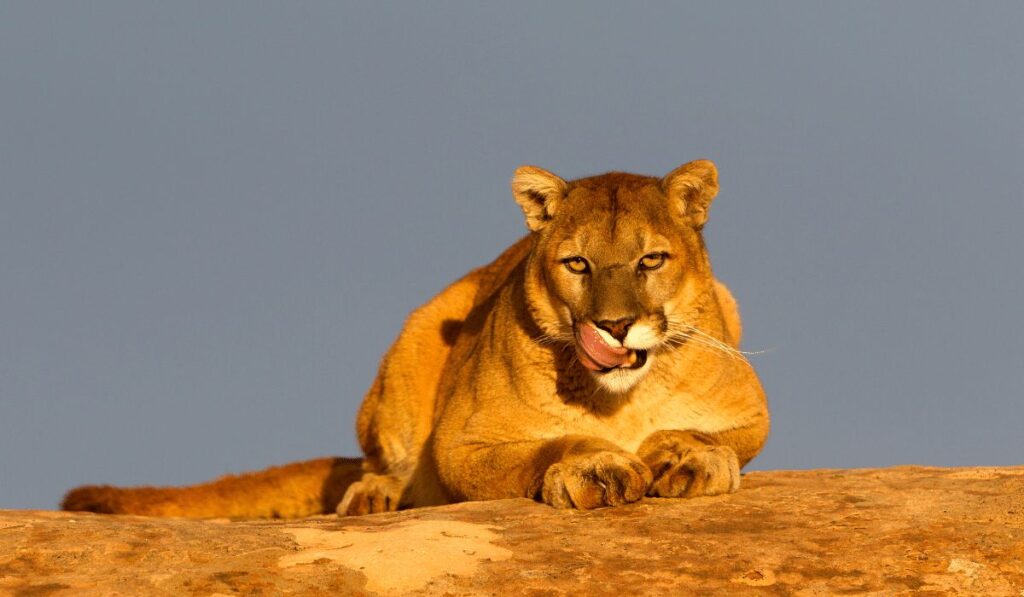
Mountain lions are solitary animals, so if you see one it’s likely that there is not another nearby. However, they are known to travel long distances, so there is always the possibility of encountering one anywhere in the park.
Mountain lions tend to be shy and cautious around humans, so sightings are usually fleeting. If you do spot one, stay quiet and wait for it to move on before continuing your hike. For safety reasons, always keep a respectful distance and never try to approach them.
If you hear the characteristic sound of a mountain lion growling or hissing while hiking in Big Bend, immediately back away and slowly make your way out of the area if possible. Remember that these animals can be unpredictable; simply observing from afar is the safest option.
Black bear
While hiking the Chisos Mountains in Big Bend National Park, we were lucky enough to spot a black bear! It was an exciting moment, and we were able to get some great photos. The black bear is a North American subspecies of the brown bear and is one of the most common bears in the world.
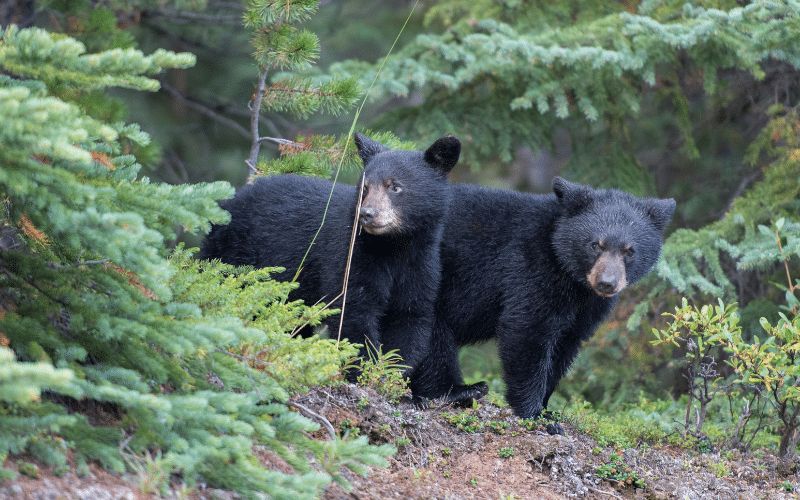
Black bears typically have shiny black fur and a long snout. They are omnivorous, meaning they eat both plants and animals. They can be found in forests and mountains across the United States and Canada but they also inhabit areas around major cities. In some areas, they are considered a nuisance since they will raid unsecured human food sources such as bird feeders or campsites.
Black Bears usually avoid contact with people, but it is important to use caution whenever you come in contact with one. It is recommended that you remain calm, keep a distance of at least 50 feet from the bear, and not make any sudden moves that could startle it or threaten it in any way.
Coyote
Coyotes are a common sight in the Chisos Mountains, and hikers often see them while out on the trails. These intelligent and adaptable animals are opportunistic feeders and will eat anything from small mammals to fruit.
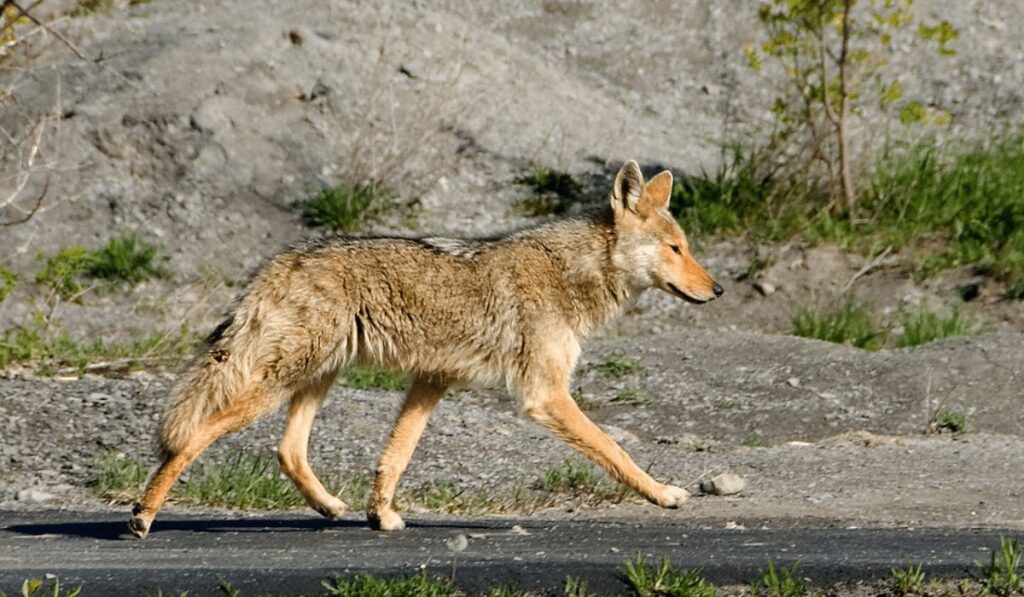
Coyotes are generally afraid of humans, but if they become habituated to people (by being fed, for example), they can become a nuisance. If you see a coyote while hiking, stay aware of your surroundings and make sure not to leave any food out where they can get to it.
Collared peccary
The Chisos Mountains in Big Bend National Park are home to a variety of exciting wildlife! On our recent hike, we spotted a collared peccary rooting around in the bushes. These small, stocky pigs are native to the desert regions of North and South America and are sometimes called ‘javelinas’ or ‘skunk pigs’ due to their strong odor. We were thrilled to get such a close look at this interesting animal in its natural habitat!
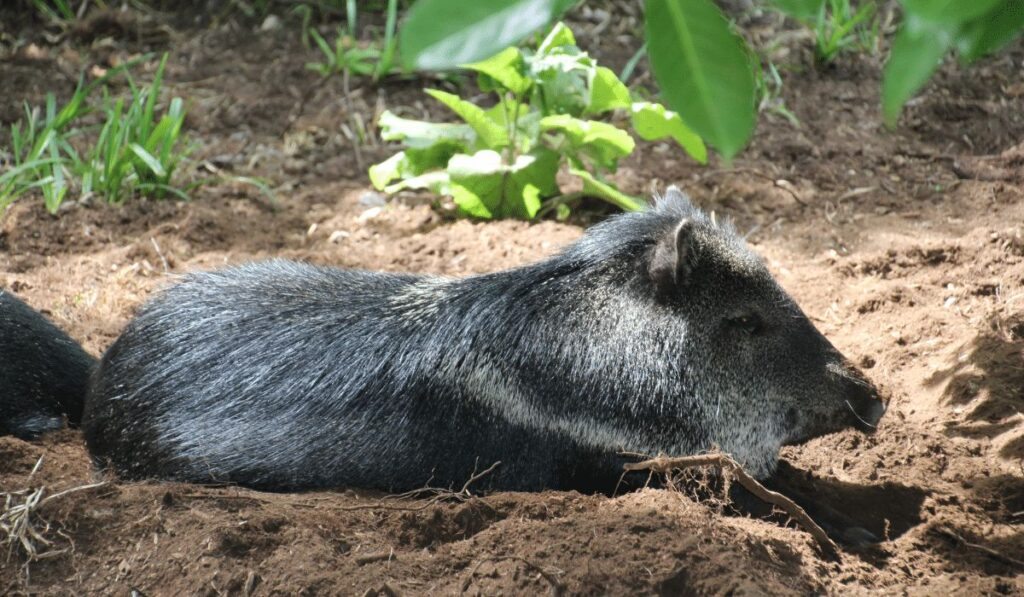
Collared peccaries are social animals that live in family groups of eight to twenty individuals. They are herbivores and feed primarily on grasses, cacti, fruits, and roots.
Peccaries use their long snouts to root around for food and defend themselves against predators with their sharp tusks. They tolerate other kinds of wildlife, such as deer and javelinas, but can become aggressive toward humans if they feel threatened.
These fascinating creatures are an important part of the desert ecology, helping to disperse seeds and spread nutrients throughout the region. We were amazed that such a small animal could play such an important role in its environment!
Colima warbler
The Colima warbler is a colorful little bird that is often seen in the Chisos Mountains in Big Bend National Park. This area of the park is known for its beautiful scenery and abundant wildlife, and the Colima warbler is just one of the many reasons to visit this amazing place.
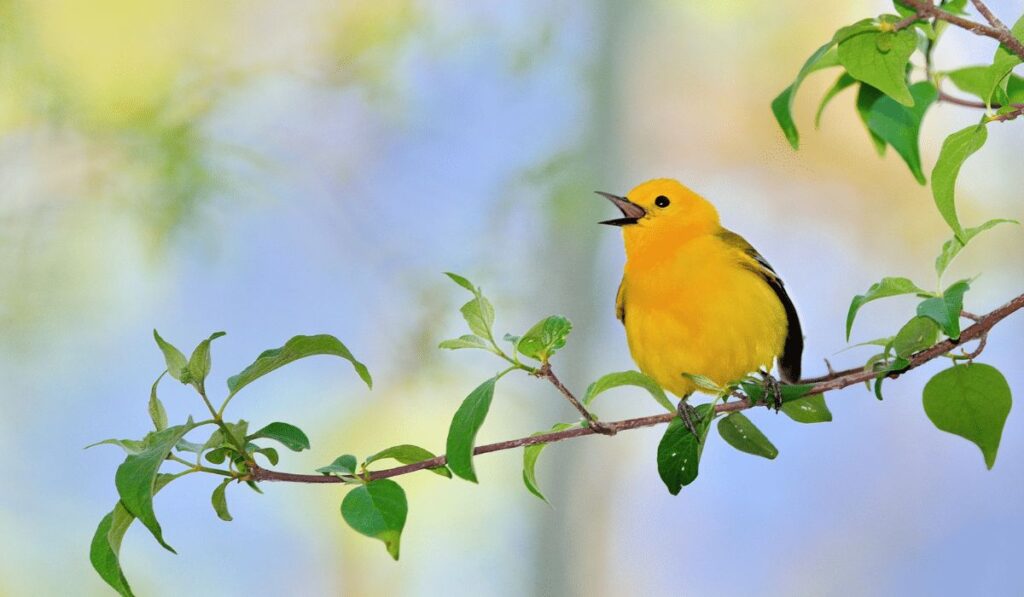
The Colima warbler is a small bird with a bright yellow body and dark gray wings. It has a long tail that it uses to help it balance while perching on branches. The Colima warbler is often seen in groups, as they love to socialize and sing together.
If you’re lucky enough to spot a Colima warbler while hiking in the Chisos Mountains, be sure to take some time to enjoy watching this beautiful little bird.
Mexican Jay
A Mexican jay spotted in the Chisos Mountains is a real treat for any bird lover. These beautiful blue and white birds are not often seen in this part of the country, so it was a real surprise to see one while hiking.
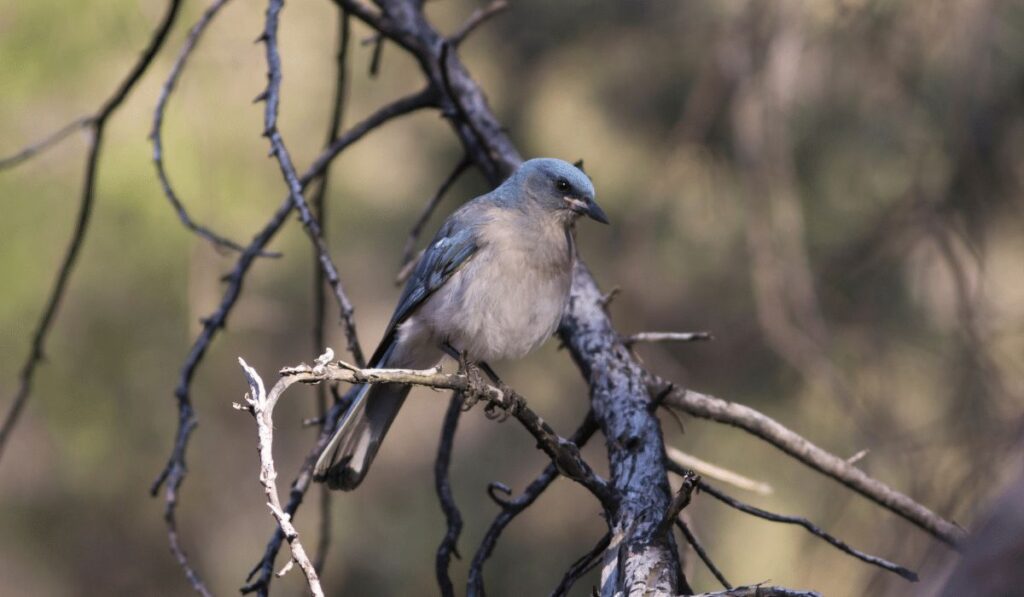
The Mexican jay is a member of the crow family and is known for its mischievous behavior. These clever birds are known to steal food from other animals, including humans!
The Chisos Mountains are home to several different species of jays, including the Mexican jay, Steller’s jay, Gray-breasted jay, and Green-tailed towhee. Each of these species serves a unique role in the ecosystem. The Mexican jay helps to disperse seeds from plants like oak trees and juniper bushes throughout the park.
In addition to providing food for small animals like chipmunks, squirrels, and other birds, these small birds also keep an eye out for potential predators and alert larger animals like foxes or coyotes when danger is near.
Seeing a Mexican jay in Big Bend National Park is a great reminder of just how wild and diverse this area is. These charismatic birds are relatively rare here; however, with a little luck and some sharp eyes, there’s always the chance that you might catch a glimpse of one when you visit.
Bobcats
As the sun began to set, we started seeing Bobcats running around everywhere! It was so exciting to see such beautiful wildlife in their natural habitat. We even saw a mother and her kittens playing together.
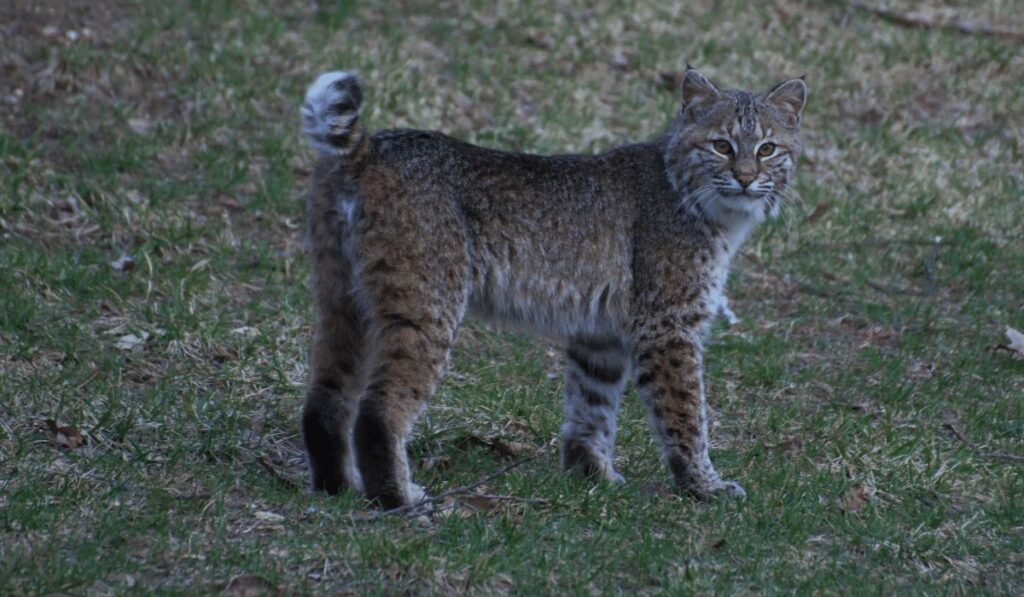
We had the chance to observe Bobcats for about an hour, and we were mesmerized by their grace. The cats hunted small mammals and birds, moving silently and stealthily around their environment. We also noticed that they could jump incredible distances and they communicated with each other using a wide range of vocalizations.
It was really amazing to see these intelligent animals in the wild, and it was an experience we will never forget!
Ringtail
While hiking the Chisos Mountains in Big Bend National Park, we were thrilled to spot a ringtail! This little creature is about the size of a housecat, with a long tail and big ears.
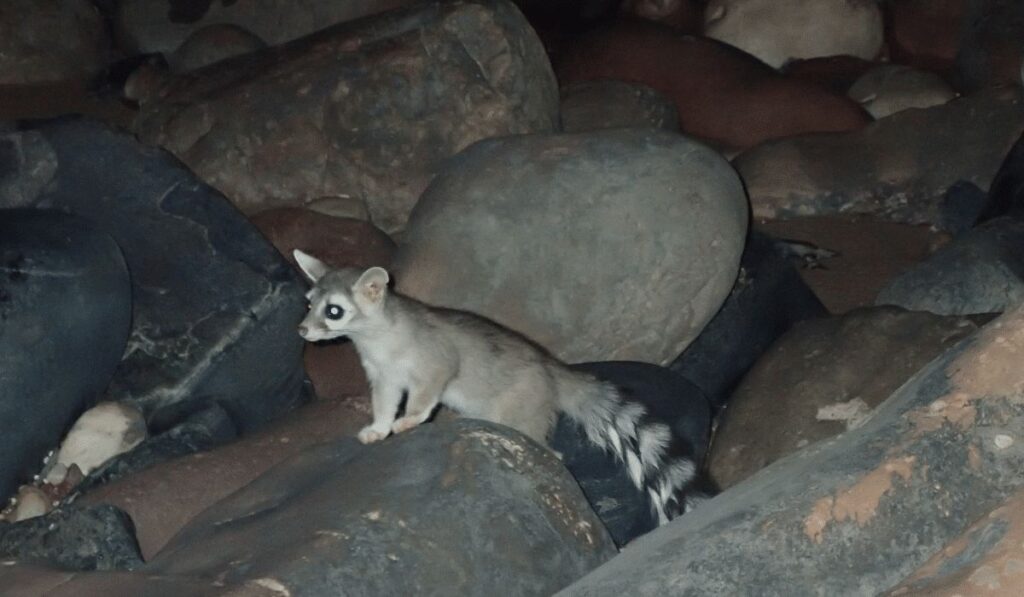
They are incredibly agile, climbers, and can even hang upside down from branches! We watched as this ringtail scurried up a tree and then leaped from branch to branch before disappearing into the underbrush.
Desert bighorn sheep
Desert bighorn sheep are the largest mammal in Big Bend National Park. They are a subspecies of bighorn sheep and are well-adapted to the desert environment. They can be found in the Chisos Mountains, and are often seen by hikers.
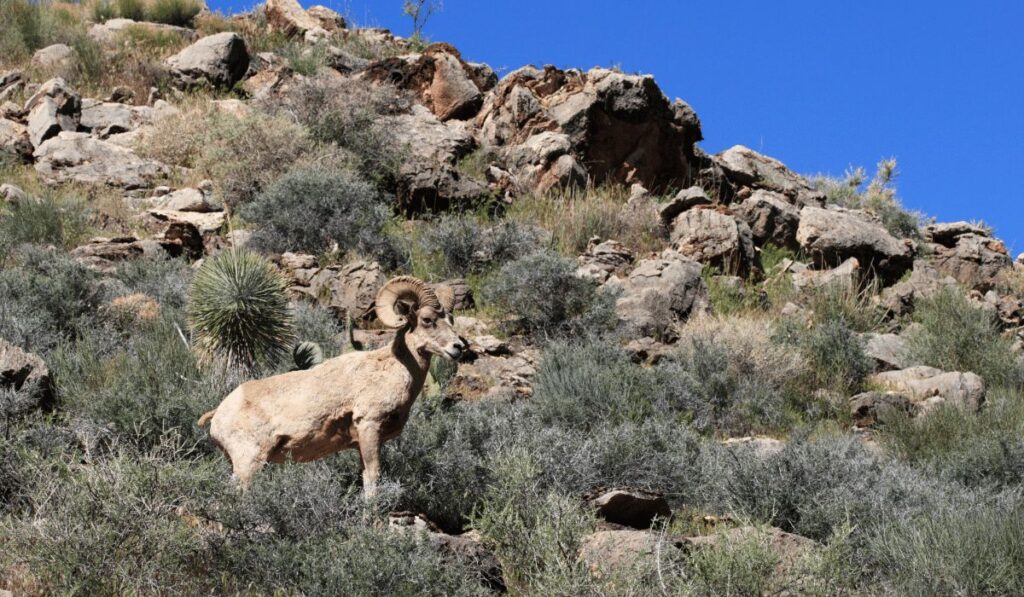
desert bighorn sheep are herbivores, and their diet consists mostly of grasses and shrubs. They get most of their water from the plants they eat, and can go long periods without drinking water.
Desert bighorn sheep are very shy animals, and will usually run away if they see people. However, if you’re lucky enough to see one up close, you’ll notice their beautiful spiraling horns. The horns are used for defense against predators, and males also use them to intimidate other males during mating season.
White-tailed deer
The Chisos Mountains in Big Bend National Park offer hikers the opportunity to see some amazing wildlife! One of the most exciting animals to see in the park is the white-tailed deer.
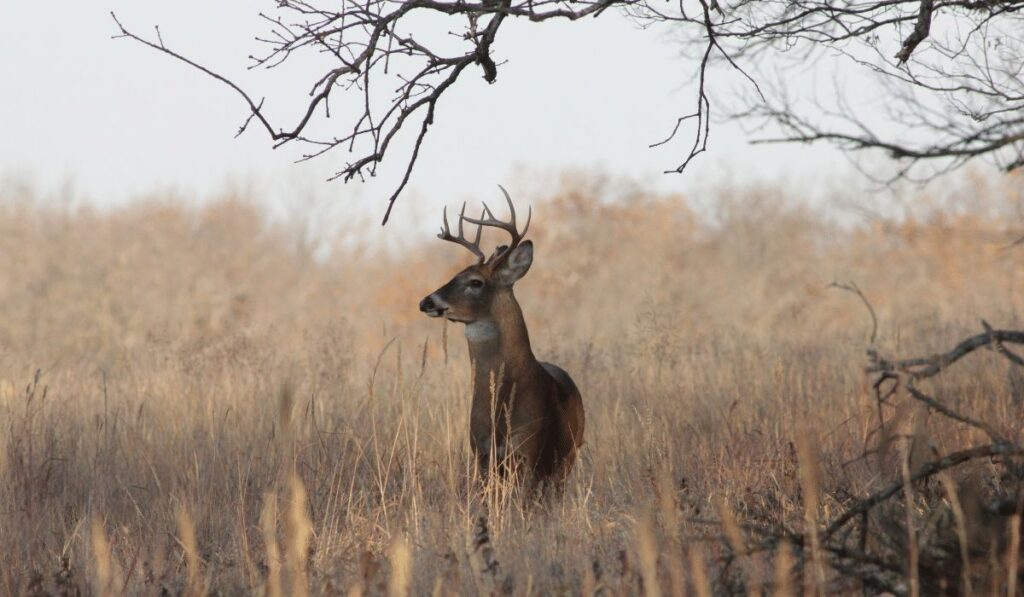
These graceful creatures are a common sight in the park, and can often be seen grazing in meadows or along forest trails. They are shy by nature, but if you’re lucky enough to catch a glimpse of one, it’s sure to be a memorable experience!
Pronghorn antelope
The Chisos Mountains are home to a variety of unique wildlife, including the pronghorn antelope. These majestic creatures are the fastest land animals in North America, able to reach speeds of up to 60 miles per hour! They are also excellent swimmers and can easily cross rivers and streams.
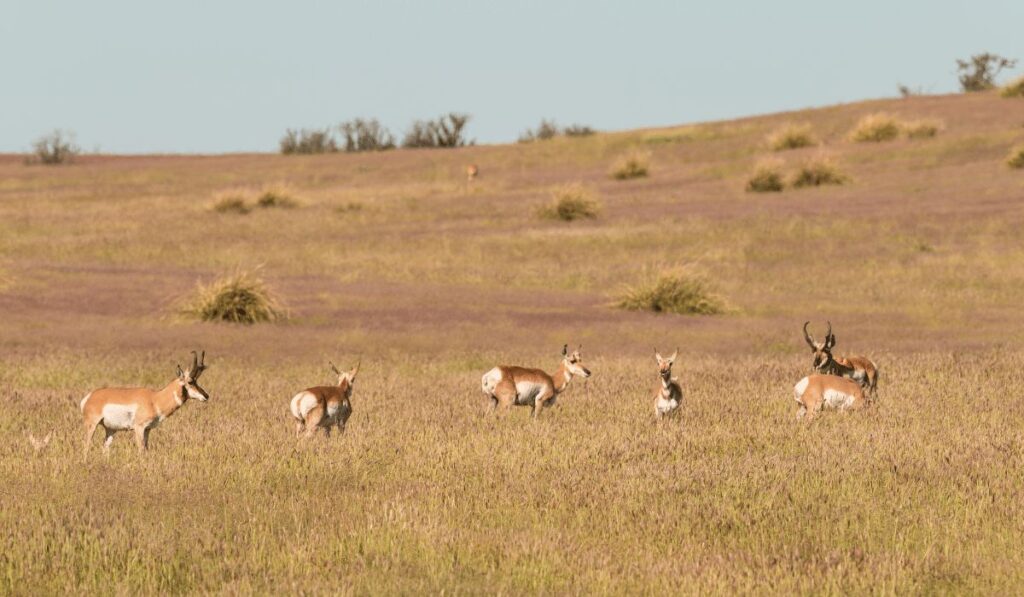
Pronghorn antelope are most active during the early morning and evening hours, when they can be seen grazing on grasses and other vegetation. During the hotter hours of the day, they will often seek shelter in trees or rocky outcroppings.
If you’re lucky enough to spot a pronghorn antelope while hiking in the Chisos Mountains, be sure to enjoy the experience and take plenty of photos!
Conclusion: Important safety tips for a successful wildlife hike
When hiking in Big Bend National Park, it is important to be aware of your surroundings and take some basic safety precautions. Here are some tips to help you have a safe and enjoyable wildlife hike:
-Be aware of your surroundings at all times. Keep an eye out for wildlife, both on the ground and in the trees. Be especially alert when hiking in areas with dense vegetation.
-Make noise as you hike. Singing, clapping, or talking loudly will help to scare away potential predators and also let other hikers know where you are.
-Carry a map and compass with you, and know how to use them. Getting lost in the park can be dangerous, so it is important to be able to navigate your way back to the trailhead.
-Pack plenty of food and water. Hiking can be strenuous, so it is important to stay hydrated and fueled up. Bring more than you think you will need, just in case!
-Wear appropriate clothing and footwear. Wear sturdy shoes or boots that provide good traction, and dress in layers so that you can stay comfortable if the weather changes.
-Bring a first aid kit with you. In the event of an emergency, having a fully stocked first aid kit on hand can be crucial.
Follow these tips to have a safe and memorable wildlife hike in Big Bend National Park!

